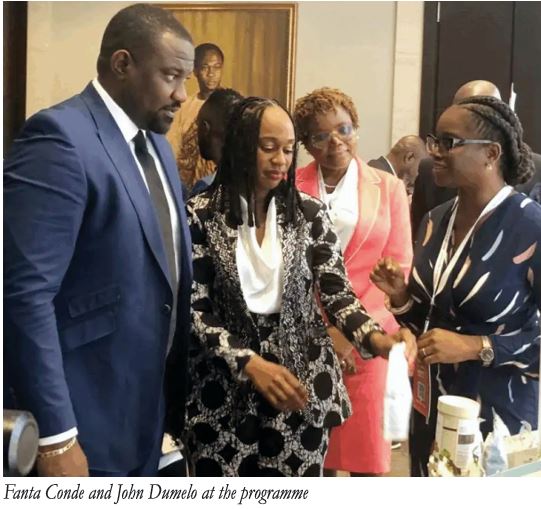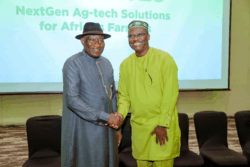The recent launch of the US$87 million BRIDGE in Agriculture Programme by the Mastercard Foundation, in collaboration with CrossBoundary Advisory and key commercial banks, is a pragmatic step toward resolving one of the most entrenched challenges in the agricultural sector—access to affordable finance.
With agriculture employing 40 percent of the national workforce and supporting nearly three-quarters of the rural population, this initiative presents a timely opportunity to unlock latent productivity and reduce rural poverty.
By providing zero-interest, repayable grants to commercial banks—who then lend to agricultural SMEs at a capped interest rate of seven percent—it addresses a fundamental market failure: high credit costs in a high-risk but socially vital sector.
Embedded guarantees and provisions for high loan monitoring costs further demonstrate a sophisticated understanding of the financing bottlenecks in agriculture.
This blended finance model—combining philanthropic capital with commercial discipline—is a welcome alternative to the traditional reliance on unsustainable subsidies or donor-led grant schemes.
The emphasis on women and youth, groups historically underserved by formal finance, is also a commendable feature that aligns with inclusive development goals.
However, while the programme’s design is robust, its implementation must be closely scrutinised. Low-cost loans alone will not guarantee improved agricultural outcomes.
Capacity building, transparent disbursement mechanisms, and robust monitoring frameworks must be enforced to prevent elite capture or misuse of funds.
Moreover, the involvement of six major commercial banks, business development service providers, and a technology partner is very welcome. If this collaborative model delivers results, it could set a benchmark for future interventions in other sectors plagued by credit constraints.
The government should not merely applaud from the sidelines. It must create an enabling environment—through improved rural infrastructure, digital inclusion, and regulatory oversight—to ensure the programme’s sustainability and scalability.
Agriculture must move from subsistence to enterprise. With the right partnerships, Ghana can finally turn its comparative advantage in arable land into a competitive one. The BRIDGE in Agriculture Programme is a very welcome addition.










